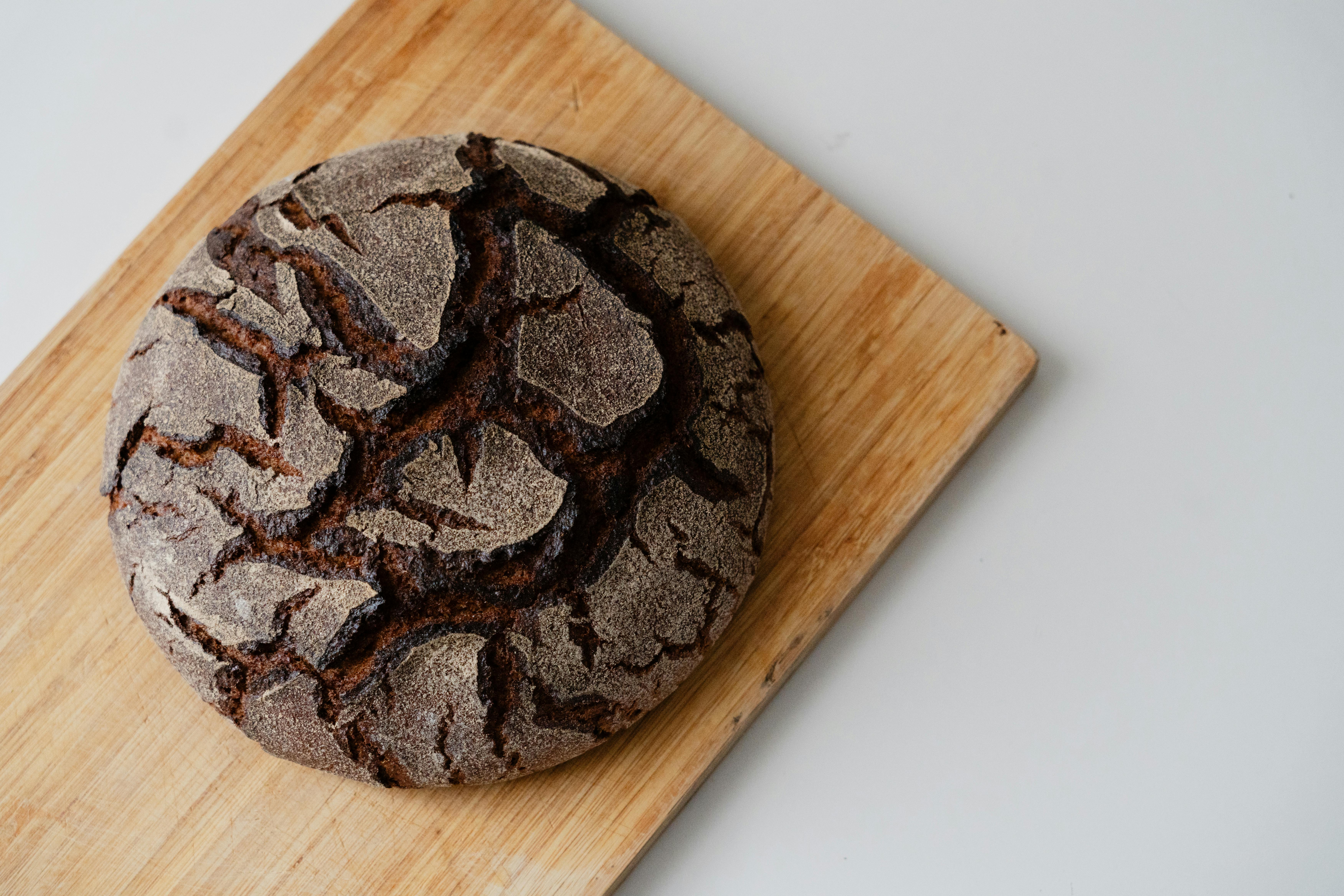
Smart Ways to Make Chili Less Spicy in 2025
Chili is a beloved dish known for its bold flavors and warmth, but sometimes that spiciness can be overwhelming. Whether you're cooking for kids or those who prefer milder flavors, knowing how to balance flavors and reduce the heat in your chili can transform it into a crowd-pleasing dish. In this article, we will explore various proven methods to decrease spiciness, enhance the taste, and create a comforting meal for everyone to enjoy. We'll dive into culinary tips and techniques, ingredient substitutions, and practical adjustments to help you master the art of chili-making while keeping spice levels in check.
From incorporating creamy dairy products to adding natural sweeteners, you’ll find a range of options that allow you to adjust heat levels and elevate the overall flavor profile. Let’s embark on this flavorful journey to discover effective ways to mellow chili heat, ensuring your chili is both delicious and satisfying.
Key Takeaways:
- Understand various methods to reduce spiciness.
- Learn about ingredient substitutions that can balance flavors.
- Discover practical cooking techniques to enhance your chili dishes.
Techniques to Reduce Spiciness in Chili
Adjust Seasoning Gradually
One of the simplest ways to make your chili less spicy is by adjusting the seasoning. When preparing chili, start with a minimal amount of spicy ingredients and gradually add more as needed. This careful measurement technique helps you control the overall heat without overwhelming the dish right from the start.
To balance the flavors, taste the chili as it cooks and make adjustments. If the heat is too intense, consider adding additional ingredients to counteract the spice. For instance, introducing more beans, sweet vegetables, or tomatoes can dilute the heat effectively. Experimenting with gradual addition and tasting frequently can help you maintain control over the spice levels.
Moreover, pairing flavors with non-spicy herbs like cilantro or parsley can enhance the overall taste of your chili while keeping the heat in check. A balance of flavors will create a well-rounded dish that is still full of depth.
Add Creamy Dairy Products
Dairy products are excellent for mellowing chili heat. Incorporating ingredients like sour cream, yogurt, or cream can beautifully balance spicy flavors, creating a creamy texture that smoothens the overall dish. For instance, a dollop of sour cream on top of a spicy bowl of chili not only cools down the spice but also adds richness.
Additionally, consider using cream or milk in the cooking process itself. These creamy dairy products can be added towards the end of cooking or served as a topping. Furthermore, cheese can be melted into the chili, providing both a savory flavor and a cooling effect. When pairing flavors with dairy, it’s essential to adjust the seasoning to account for the additional richness introduced by these ingredients.
Ingredient Substitutions for Milder Chili
Using Milder Peppers
When cooking chili, the type of peppers you use significantly impacts the overall heat level. Replacing hotter peppers with milder varieties—like bell peppers or poblano peppers—can create a flavorful dish without the intense spiciness. While jalapeños and habaneros contribute their unique flavors, they can be accompanied by milder options to ensure that the heat remains manageable.
Roasting peppers prior to adding them can also enhance their natural sweetness, allowing for a softer profile that balances out the chili's heat. When using milder peppers, you can combine them with spices to maintain complexity in flavor while keeping spiciness in check.
Incorporating Sweeteners and Acids
Adding sweet ingredients, such as sugar or sweet vegetables like bell peppers or corn, can help reduce the perception of heat in your chili. The sweetness balances the spiciness, providing a more harmonious flavor profile. Additionally, introducing a splash of lemon juice or vinegar can elevate the flavors significantly while cutting through the heat.
These sweetening agents are effective tools for culinary adjustments as they work to counterbalance the pungency of spicy components. Including stock or broth with sweet undertones can further enhance the dish, allowing for flexible adjustments tailored to your taste preferences.
Flavor Enhancements for Your Chili
Boosting Flavor with Herbs and Spices
Using fresh herbs such as basil, cilantro, or oregano can elevate the overall flavor of your chili without increasing the heat. Consider incorporating non-spicy herbs and spices during cooking; they add aromatic depth and complexity without overwhelming the palate. These flavor enhancers complement the dish while allowing the primary ingredients to shine.
When modifying your chili recipe, adding spices such as cumin or smoked paprika can enhance the taste without introducing excessive heat. These spices offer warmth and richness that can often compete with the heat level in chili, resulting in a more balanced dish overall.
Practical Cooking Techniques to Manage Spice Levels
Many cooking techniques can effectively manage spice levels in your chili. For example, simmering the chili longer allows the flavors to meld while gently softening the spiciness over time. This method is particularly useful when you're working with aggressively spicy ingredients.
Another technique is to dilute the heat by adding water or stock. This not only reduces spice levels but also adjusts the overall consistency of the chili. Be sure to taste and adjust the seasoning after dilution, as you may need to enhance flavors lost during the process.
Popular Additions to Create Balance
Adding Beans for Texture and Flavor
Beans serve as an excellent addition to chili, providing both texture and flavor while reducing the overall spiciness. Using additional beans, such as black beans or kidney beans, can help balance out heat levels while enhancing the dish’s heartiness. Beans absorb some of the heat from spicy components, making them a versatile ingredient to manage spice effectively.
Furthermore, you can use beans not only for their flavor-enhancing qualities but also for their nutritional benefits. They contribute fiber and protein, making your chili a wholesome meal. Consider experimenting with various types of beans for texture variations and flavor complexity.
Serving Suggestions to Lower Perceived Heat
How you serve your chili significantly influences the overall dining experience. Pairing your chili with cooling toppings like avocado, sour cream, or cheese can create a contrast that lessens the heat for those sensitive to spiciness. Additionally, serving options such as bread or rice can provide a neutral base that helps absorb chili heat and makes it more enjoyable for everyone.
Moreover, serving chili chilled can also present a mild flavor profile that caters to those preferring less spice. Incorporating flavors like fresh herbs or garnishes can further improve the visual and taste appeal, making the dish more inviting and enjoyable.
Common Cooking Mistakes to Avoid
Understanding Portion Sizes
One common mistake when preparing chili is using the wrong portion sizes of spicy ingredients. It's crucial to measure spices accurately, especially when dealing with hot varieties. Overestimating quantities can lead to an overpowering spiciness that detracts from the dish's overall appeal.
For a successful and balanced outcome, adhere to careful measurements in your recipe. Always taste as you go, adjusting spice levels based on the overall flavor profile. Learning how to adjust portions effectively will empower you to create consistently delightful chili dishes.
Revising Recipes for Future Cooking
Once you've explored various techniques to reduce spice, consider modifying your favorite chili recipes with these new insights. Keep track of successful adaptations and experiment with fresh ingredients to personalize your dishes further. Documenting these adjustments not only aids your future cooking endeavors but also enhances your understanding of flavor balancing in the kitchen.

Each cooking session offers an opportunity for growth in culinary skills. Embrace mistakes as stepping stones to refining your processes and outcomes.
Conclusion
Mastering the art of reducing chili spiciness takes practice and creativity, but the rewards are plentiful. With the techniques and tips discussed here, you can create flavorful dishes that cater to varying heat preferences while keeping everyone satisfied. Incorporate creamy dairy, sweeteners, and flavorful herbs while adopting proper cooking methods to explore the essence of your chili recipe.
Experiment with ingredient substitutions, gradually adjust heat levels, and always taste as you go to enhance your culinary skills. Embrace your chili cooking journey and create enjoyable, comforting meals the whole family can embrace.
